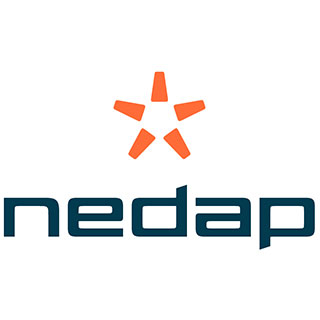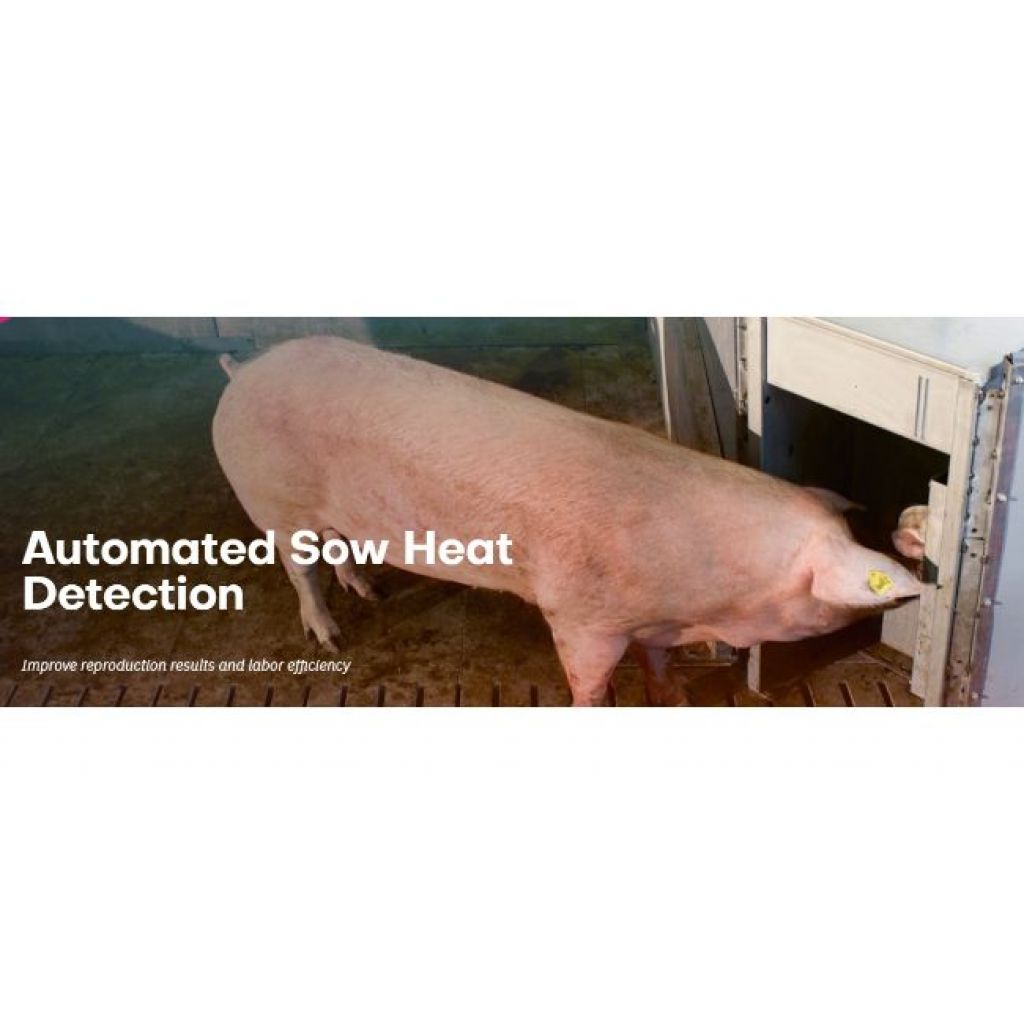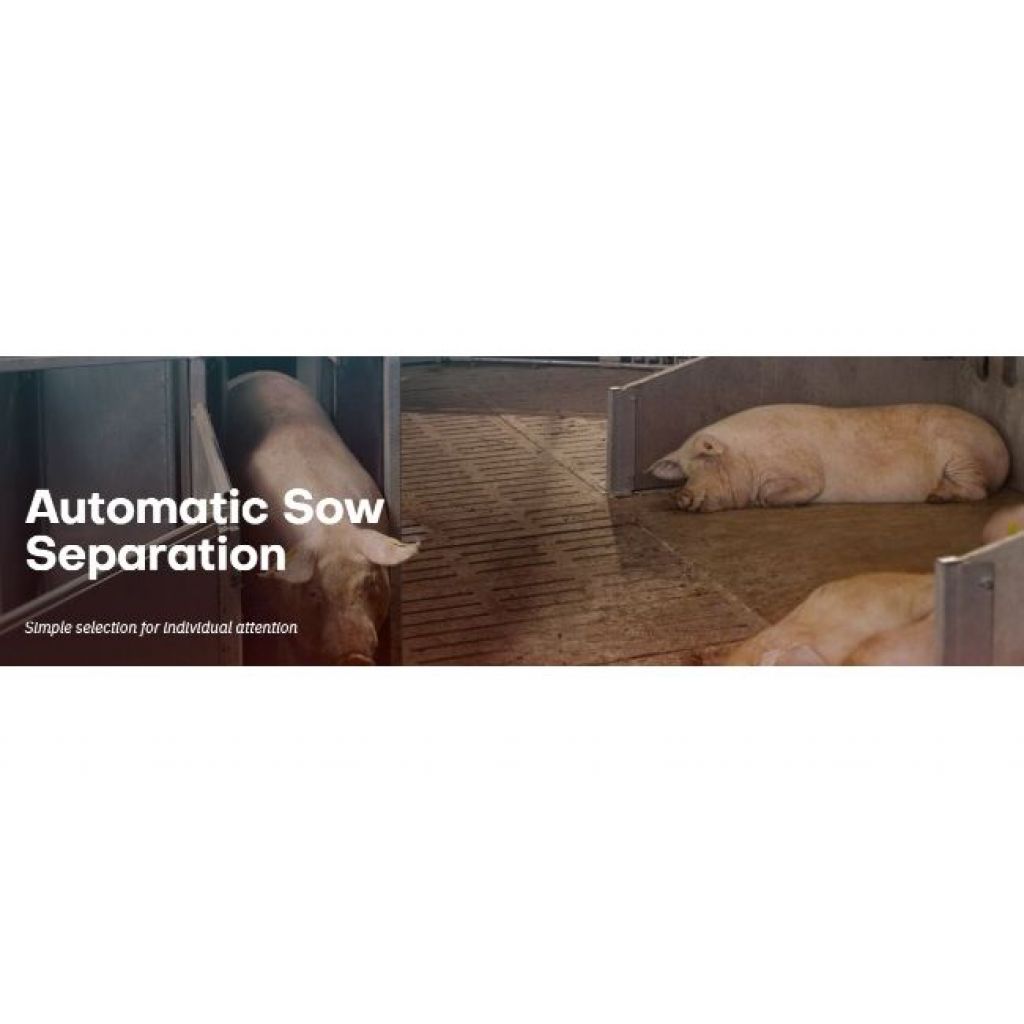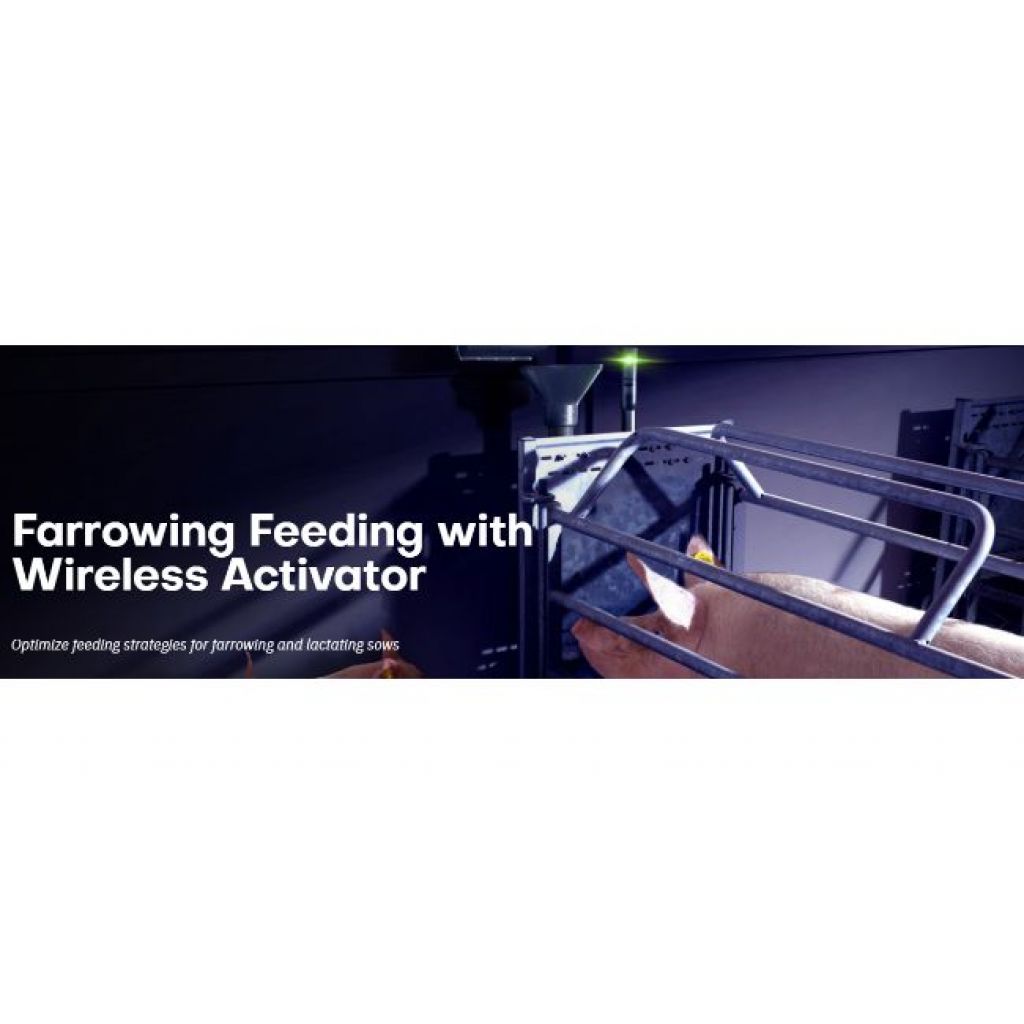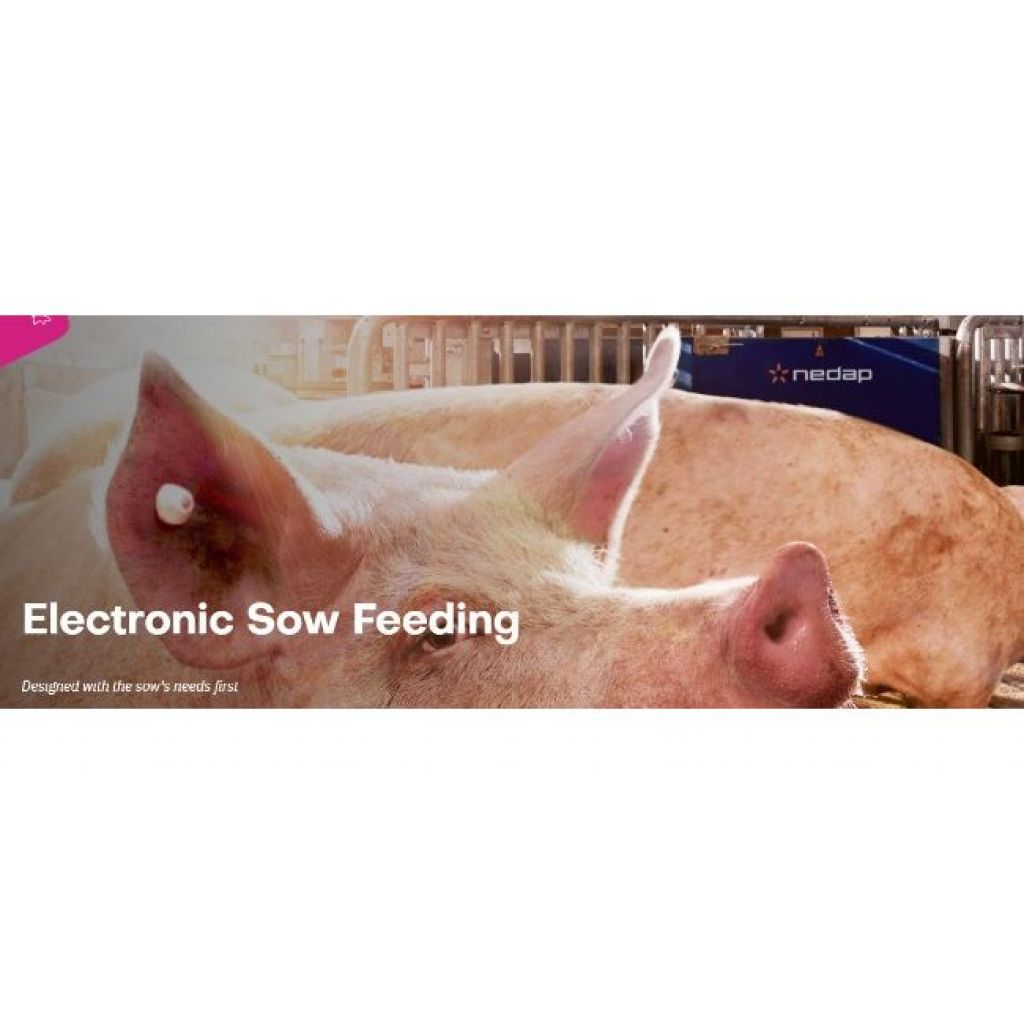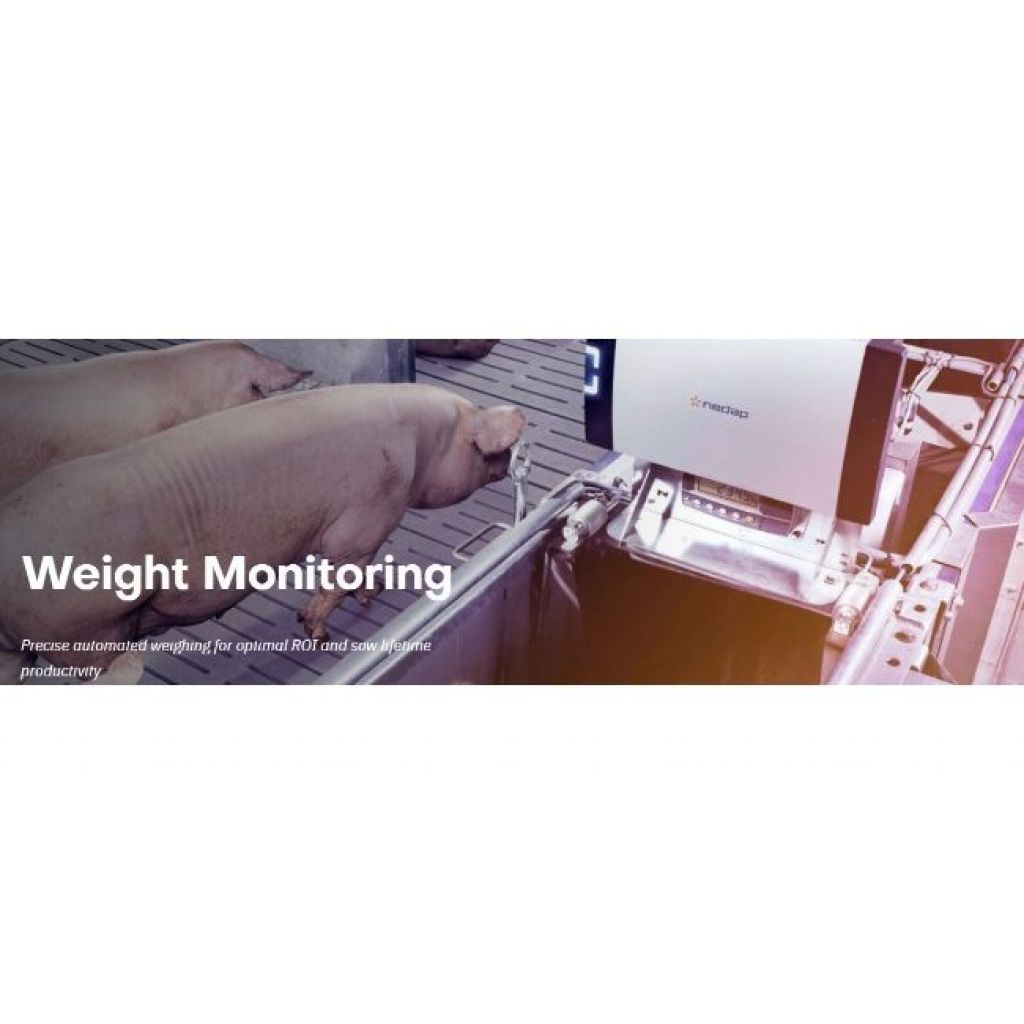4 ways automated sorting technology helps you prepare for the future
Now is the time to plan for long-term smart solutions,” says Holly Hutchinson, Nedap Livestock Management sales executive. “Pig producers are facing a good deal of uncertainty. We can’t predict how long broader inflation pressure, higher incomes and consumer preferences will help maintain the current market, so it’s best to be prepared for whatever the future brings.”
For instance, in 2021:
- Farrow-to-finish production costs are up at least 30% for many producers relative to the previous summer.[1]
- Construction costs are up roughly 15% across the board, and materials and labor are in short supply.[2]
Here are four ways Nedap PorkTuner automated sorting technology can help you prepare for a productive future.
1.Efficiency increases
“Automated sorting technology offers more efficient animal production,” says Hutchinson. “These solutions connect pigs to daily individual management. Farmers can collect real-time data about feed consumption, activity and growth for animal groups. They can use these data points to drive whole-herd performance improvement.”
Raising finishing pigs in groups uses every square inch of barns more efficiently. Using technology to feed individuals within the large group allows for appropriate rations that meet animal requirements based on body weight.
Automated sorting technology has many benefits to your bottom line, including:
- More turns, resulting in 11% more pigs each year from the same pen and barn size.[3]
- Producing more meat per foot (meter) – up to 99% effective use of available floor space.[3]
- Increasing revenues by €5933.69 to €8476.70 ($7,000 to $10,000) per year per 1,000-head barn.[4]
Farmers can use data to make better management decisions, such as accurately feeding appropriate rations, accurately scheduling market pig delivery or providing extra attention to pigs that require management interventions versus having to physically monitor each pen. Management is based on real-time, accurate information.
2. Reduce wasted feed
Feed accounts for more than half of all pork production costs. Automated sorting technology can help you reduce feed waste and manage costs by monitoring animal weight daily. Accurate weights help you more easily meet pigs’ nutritional needs based on performance and weight to ensure nutrients are used effectively and efficiently.
With automated sorting technology, you can feed diets based on daily growth and your farm goals. Accurate data means you’re better able to deliver the ration pigs need when they need it and ensures you’re not over-feeding expensive ration nutrients, like protein.
3. Make labor more effective
Automated systems do not eliminate labor needs, but they do allow you to schedule and direct employees more efficiently. Farmers who use automated systems say the technology attracts savvy employees, and the systems allow people to focus on the animals that need extra attention, elevating animal care and job satisfaction.
Ready access to accurate, timely data to support quick decisions is one of the favorite features for many farmers and their teams.
Animal sorting is also much easier – less stressful for pigs and people, and more accurate. In finishing barns, farms report loading pigs in a matter of minutes per pen instead of hours.
4. Improve delivery performance
Finally, automated sorting technology helps farmers better meet packer specifications. When a pig reaches market weight, the system automatically sorts it from the group by directing it to a delivery section.
Automated sorting eliminates estimating weights and manual sorting. Instead, continuous collection of growth data allows accurate forecasting of daily gains, allowing you to plan deliveries and transport up to four weeks in advance.
A Nebraska farm reports its sort loss dropped from €2.71 to €0.12 ($3.20 to $0.14) per head following the adoption of automated sorting technology.[5]
Research conducted at Purdue University showed that when sorting accuracy errors occur, the sort loss per pig was €2.12 to €3.86 ($2.50 to $4.55) per pig greater than with accurate sorting.[6]
Are you ready for the future?
Access to continually collected and accurate activity, weight, growth and sorting data means you can make more informed, timely individual pig and group management decisions.
“Ultimately, animal management technology can give you the actionable data needed to continuously improve individual pig care and animal performance, handle costs and take advantage of the input cost savings the system brings to the farm,” concludes Hutchinson.
Contact Nedap to learn more about how PorkTuner technology can help elevate productivity and profitability on your farm.
[1] Shike J. June 8, 2021. “Economists Call Out Game Changers in the Pork Outlook.” PORK. Available at: https://www.porkbusiness.com/news/industry/economists-call-out-game-changers-pork-outlook.
[2] Kerns J. July 19, 2021. “Back to reality, sans the waterslides.” National Hog Farmer. Available at: https://www.nationalhogfarmer.com/news/back-reality-sans-waterslides
[3] Nedap data on file. https://www.nedap-livestockmanagement.com/how-can-you-use-every-square-inch-of-your-pig-stall-optimally/
[4] Pork Information Gateway. 2006. Factsheet. Performance Records and Their Use in Genetic Improvement. Accessed Sept. 2, 2020: http://porkgateway.org/resource/performance-records-and-their-use-in-genetic-improvement/
[5] Cech, R. 2020. Nedap PorkTuner helps Nebraska producer raise high-quality pigs while reducing labor needs. Available at: https://www.nedap-livestockmanagement.com/testimonial/roger-cech/.
[6] Cheng J, Cabezon F, Schinckel, AP, Que Y. March 2018. Impact of Sorting Errors on Sort Loss and Optimal Market Weight for Market Pigs. Department of Animal Sciences. Purdue University.

